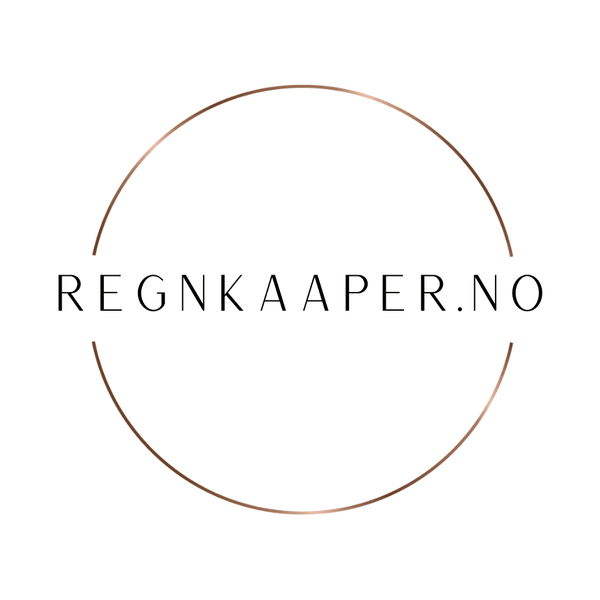Membrane fabric - probably the best material for the all-weather coat

The perfect raincoat?
Whether you're looking for the perfect fabric for your new rain jacket, or just trying to find more information about waterproof fabric, this article will help you gain more clarity on what membrane fabric is, what the fabric's properties are, and when to choose softshell fabric over other materials.
What is softshell fabric?
Membrane material or softshell is a material made of a woven fabric that is very flexible and, guess what: very, very soft and comfortable.
This fabric has 3 layers of different materials:
- The upper layer keeps you dry by blocking rain, snow or sleet from getting through;
- The middle layer is the membrane and it keeps the wind out while letting through the moisture your body produces as it moves;
- The inner layer is made of soft material that keeps you warm while allowing moisture to flow through from the inside to the outside.

Despite this, membrane fabric is a light material and allows freedom of movement without being burdensome. These properties make this material popular when extra flexibility is required for movement, for example in cycling, running, training. It is also used in the production of work clothes. The best-known membrane fabric is GORE-TEX®.
Due to the soft and comfortable properties of the membrane fabric, it can often be found in children's clothing and even toddler clothing such as rain jackets, overalls and other clothing that keeps children warm and dry.
To summarize, the membrane fabric is waterproof, windproof, breathable AND warm, so it's the perfect choice if you're looking for a coat or jacket to:
- Protect yourself from rain and wind;
- Stay warm and maintain normal body temperature;
- Let your skin breathe and feel comfortable.
In short, membrane fabric is the perfect material for days with changeable weather and mild rain or drizzle. The wonderful thing is that the fabric uncompromisingly maintains all the practical properties of a waterproof fabric. Due to the soft and flexible material properties, it is, in our opinion, the best fabric for those who value comfortable clothing for a more casual everyday style.
Softshell fabric in all-weather coats and rain jackets in fashion
The trend of experimenting with different materials among fashion designers and fabric manufacturers has given opportunities for functional fashion to develop. Even Vogue wrote about rainwear becoming the new leather jacket.
On this note, we have noticed that membrane fabric as a material has also entered the rainwear industry and is most praised for its flexibility and adaptability. We also decided to dedicate the SS18 rainwear collection to it.
However, only a few designers are currently using membrane fabric for coats and raincoats. Mostly because it is quite an expensive material, so it makes the finished garment cost more than using nylon, coated polyester, coated cotton, thermoplastic polyurethane (TPU) or others.
Although there are also cheap membrane fabrics and thus jackets, we suggest caution when considering these cheaper garments. Because remember - not always, but in most cases, the price is directly connected to the quality of a garment.
Currently, there are more and more fabric manufacturers offering different colors, prints and designs for membrane material. By combining the colorful patterns, design and brilliant technical properties of this material, a fantastic result can be achieved.
How to choose the right material for an all-weather coat?
To put it briefly, the choice of which waterproof fabric to choose for the all-weather coat is in your hands. First, you need to decide what is important to your needs and when you want to use it. And because there are different types of jackets and coats out there, our suggestion is to first think about the purpose, and then choose the right one for your needs.
We recommend TPU, nylon or polyester fabrics for summer use. Otherwise, softshell coats will be perfect to use when the outside temperature is between 0 and 20 degrees C. Although the inner material of the membrane fabric is thin, it is quite warm.
Of course, you should bear in mind that even the most expensive and best materials are not perfect, and there will be a small trade-off between water resistance/wind resistance and breathability.
For us, the most important thing is the fabric's ability to breathe, keep you warm and protect against unexpected rain and wind. And as a result, we think that together with the right design and fabric print, a waterproof coat is not only a functional outfit, but also classically fashionable clothing for the spring and autumn weather. So if you want a fashionable and practical fabric for your coat, go with membrane fabric!

